This summer, Juno has been orbiting Jupiter, the largest planet in our solar system, for six years now. In these six years, the spacecraft has already taken many beautiful pictures. Today we consider some cosmic masterpieces.
Juno can take such great pictures of Jupiter because the spacecraft’s sensitive equipment is safely housed in a titanium vault. The walls of these safes block radiation, so devices are exposed to very little radiation. This is significant, as Juno approaches the top of Jupiter’s clouds at a distance of 4,100 km. In addition to the color camera (JunoCam), the spacecraft has a magnetometer, an ultraviolet spectrometer, a charged particle detector, an instrument for making gravity measurements, an infrared camera and a radiometer on board. Furthermore, Juno is equipped with 18,698 solar cells that together generate 400 watts: enough to keep Juno running.
The five photos below were taken by JunoCam. They are essentially images of Jupiter itself, as the wide-angle camera was not designed to photograph Jupiter’s moons. More details only appear during flights along the satellites. Due to the lower resolution and because compression occurs before transmission, you can better compare this cam to a dashcam.
The turbulent south pole of Jupiter
In the image below you can see the south polar region of Jupiter. It’s a composite of several photos grouped together. Known cloud domains are missing. You see several 10,000 km cyclones here.
The most famous permanent storm
Juno has already taken many pictures of celebrities big red spot† This is a permanent storm that can be seen even from Earth with a small telescope. Astronomers have seen the storm shrink for several decades, but fortunately there is no need to fear That what catches the eye from Jupiter will disappear one day† The image below shows the Great Red Spot in true color. That is, if we visited Jupiter ourselves, the red spot would look like this.
Below is another great image of Jupiter, but now the colors have been slightly modified. In addition to the Great Red Spot, you can see another huge oval storm at the top. It bears the name Oval AB.
There is no structure to identify it
When the colors of the images are edited, it is amazing how dynamic the atmosphere of the giant planet can be. It seems that no line or structure can be recognized, as in the image below. When the spacecraft take this photo, was about 12,326 kilometers from the tops of Jupiter’s cloud. This picture never gets boring.
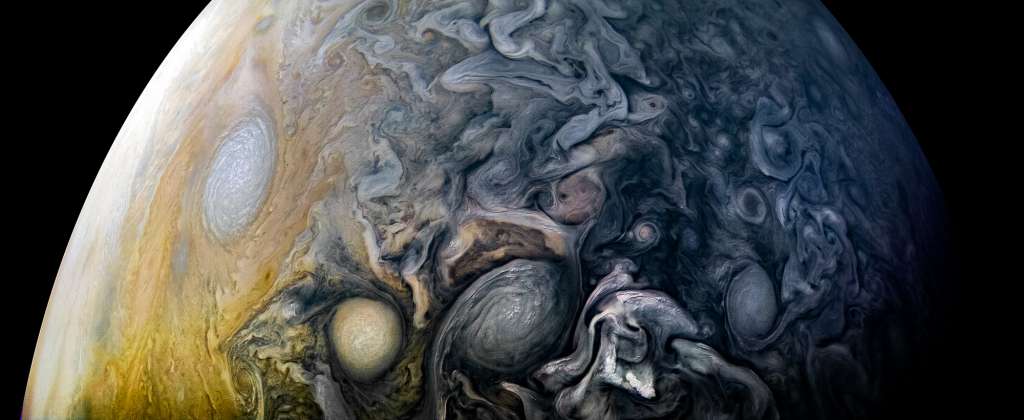

a gap in the atmosphere
In 2019, Juno discovered a hole in the gas giant’s cloud cover. Because dark colors in Jupiter’s atmosphere are often “deeper” than lighter shades, the researchers think the mysterious black spot may be a deep chasm.
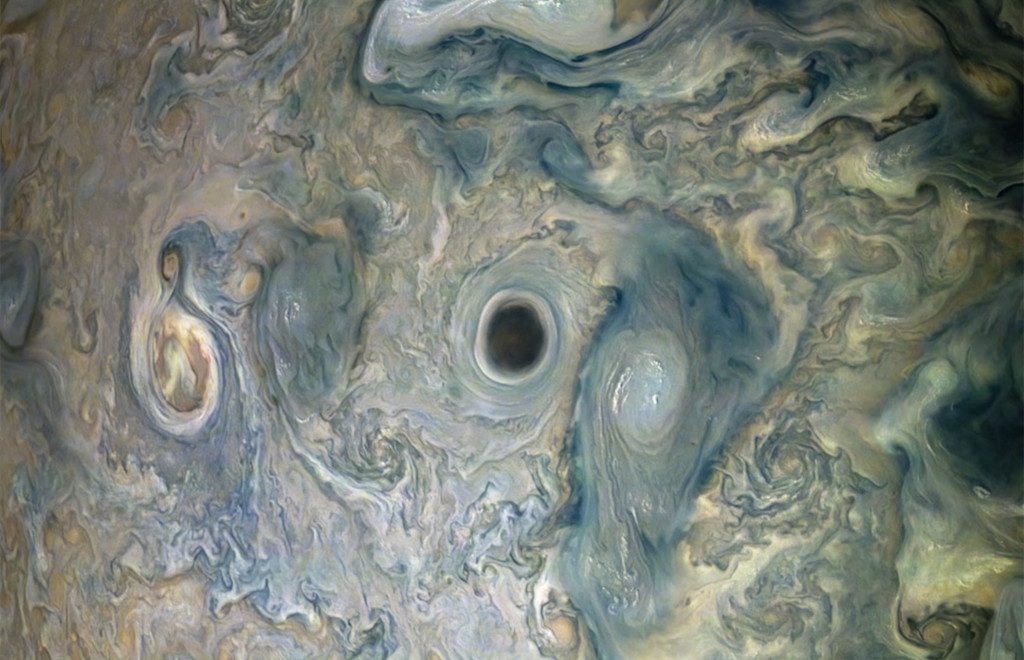

Oval storm on Jupiter
Below you can see two major storms on Jupiter. Storm has a beautiful oval shape. This photo was taken in 2021.
Windy atmosphere with classic stripes
Finally, a nice shot of Antarctica’s stormy weather. Classic bands and straps can be recognized. The beautiful image consists of four separate images taken by JunoCam aboard the probe. Juno captured the images in 2020 when the spacecraft was above the tops of Jupiter’s cloud between 49,500 and 100,400 kilometers.
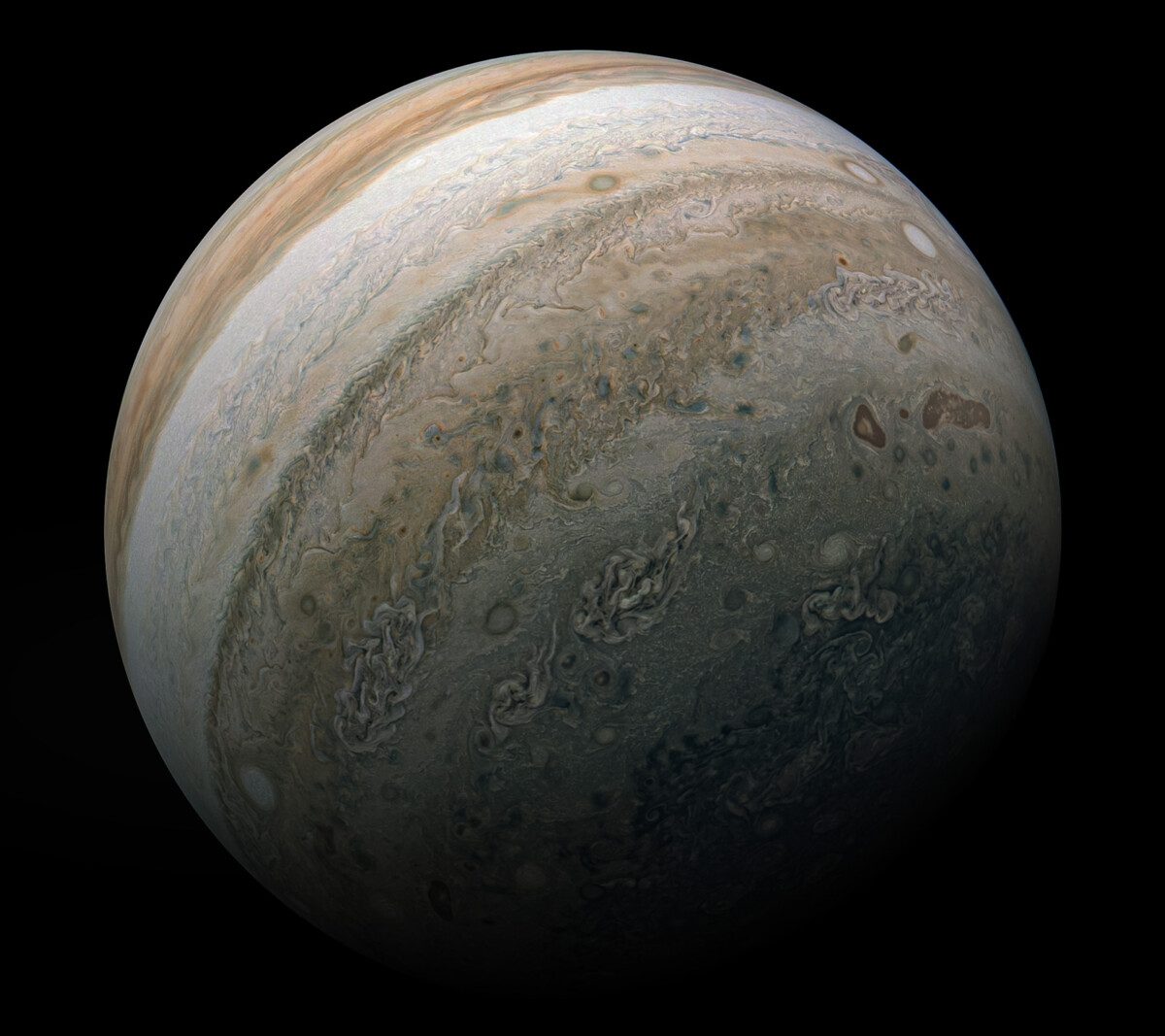



“Total coffee specialist. Hardcore reader. Incurable music scholar. Web guru. Freelance troublemaker. Problem solver. Travel trailblazer.”

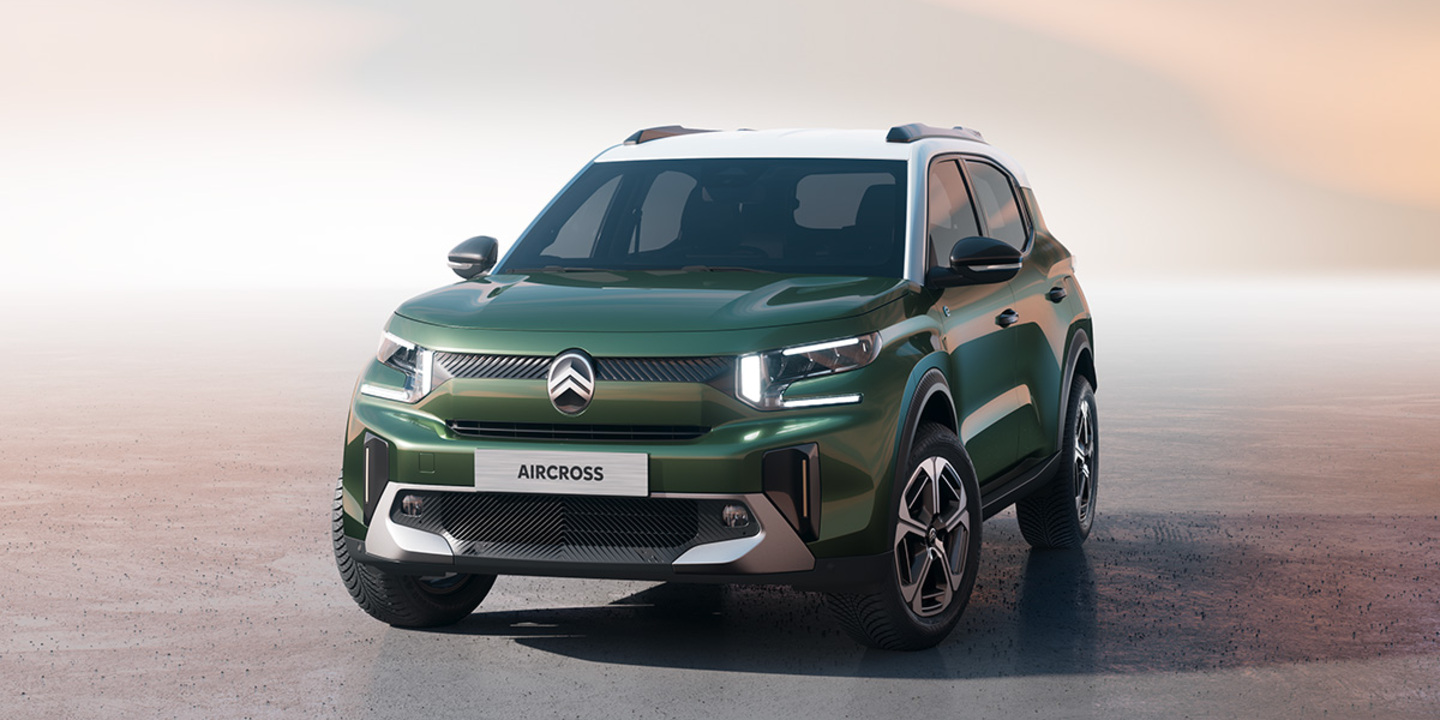

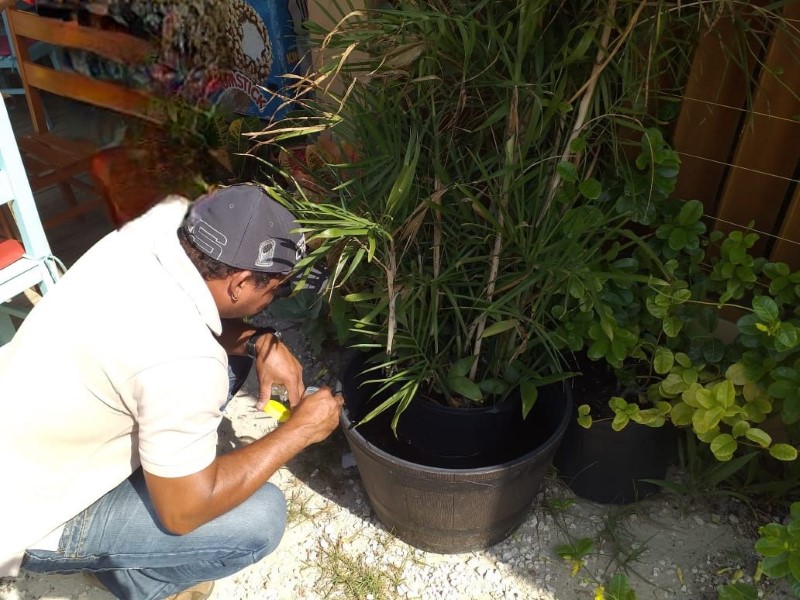

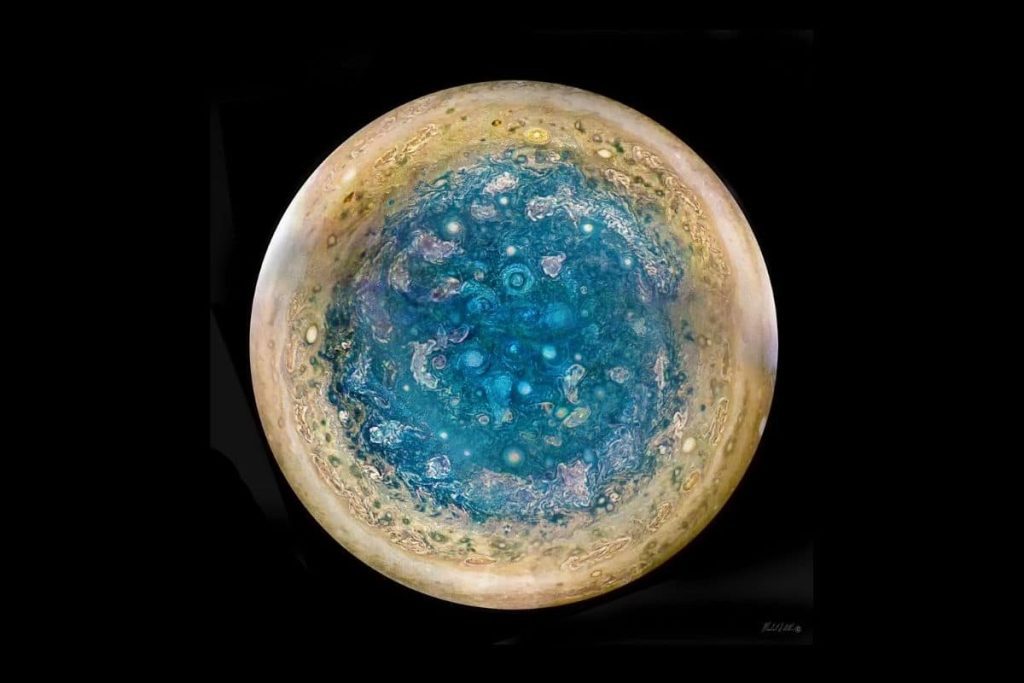
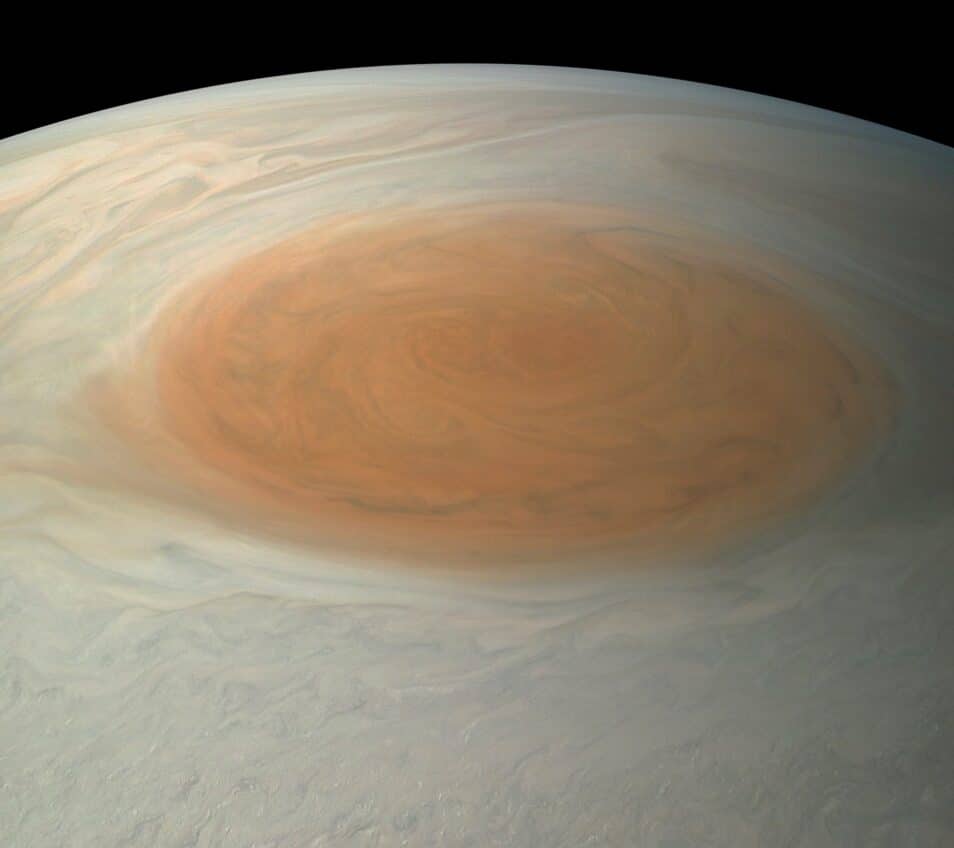
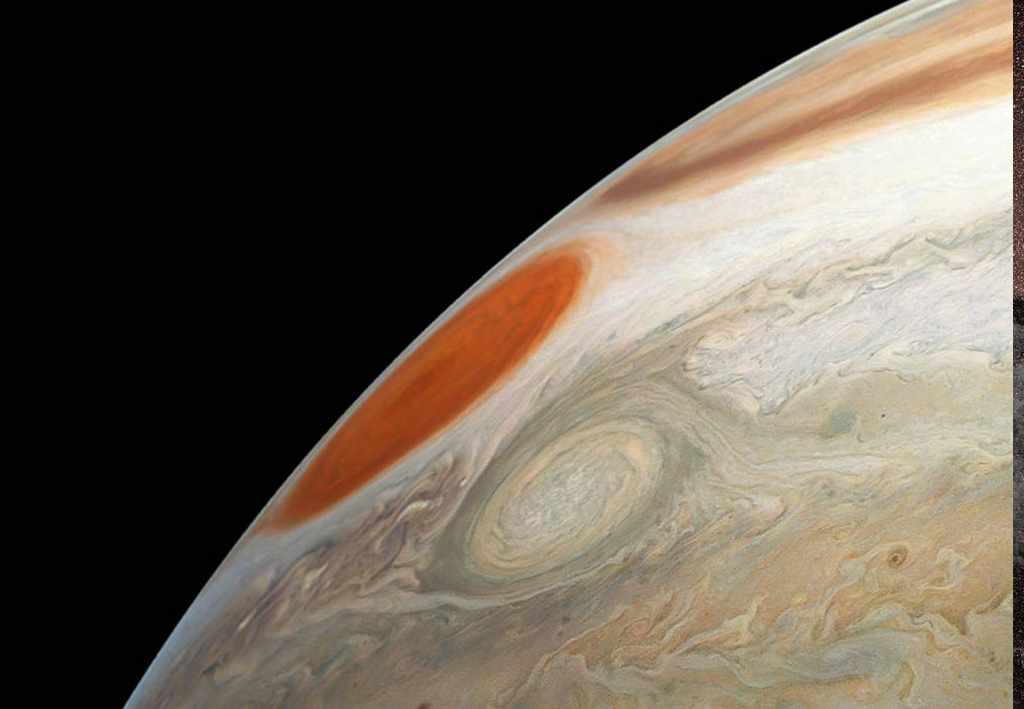
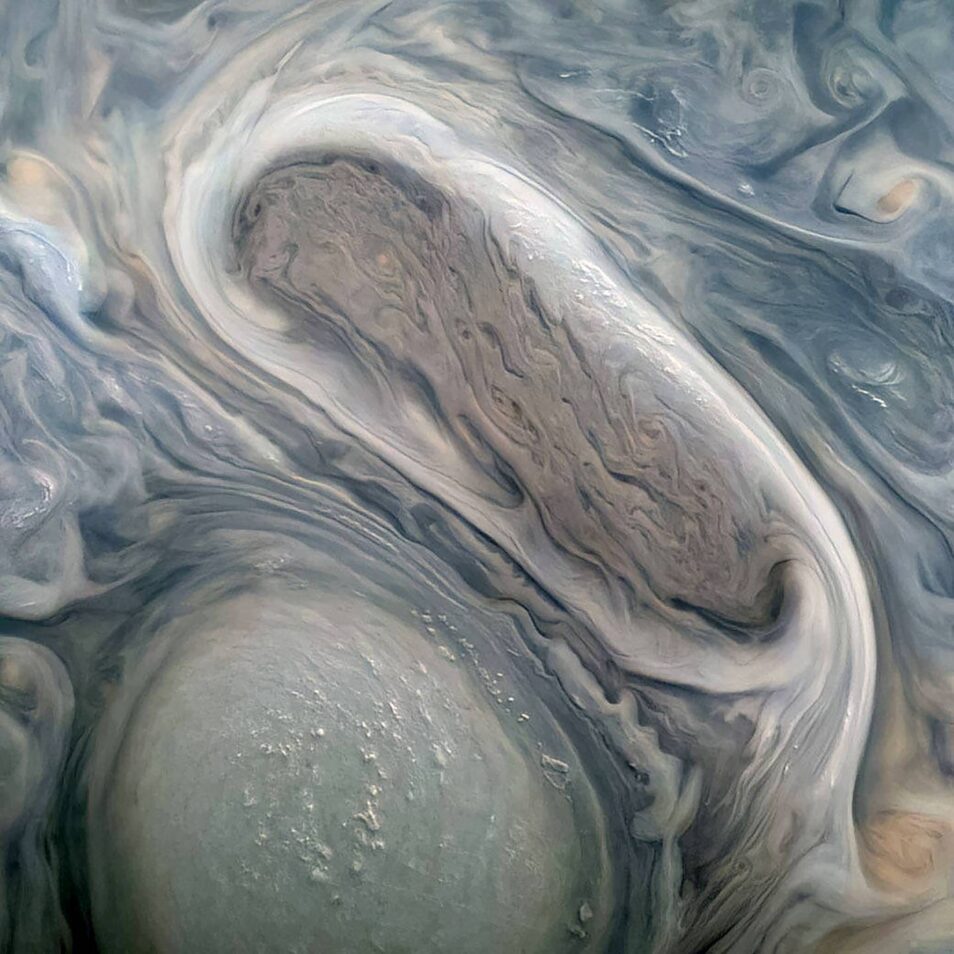
More Stories
Two dengue patients at HOH
What are the main differences between humans and other mammals?
By Theo Olthuis: “Space gave its soft wings of sound”